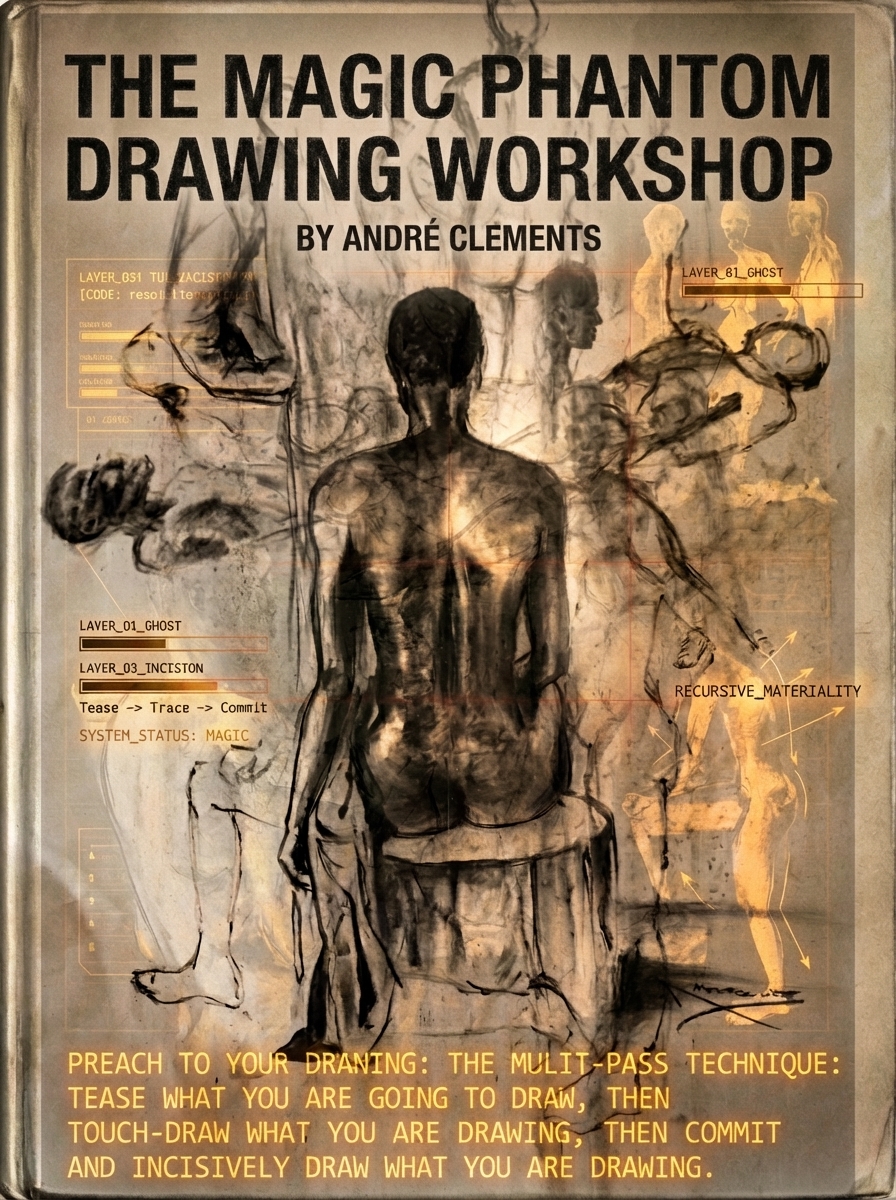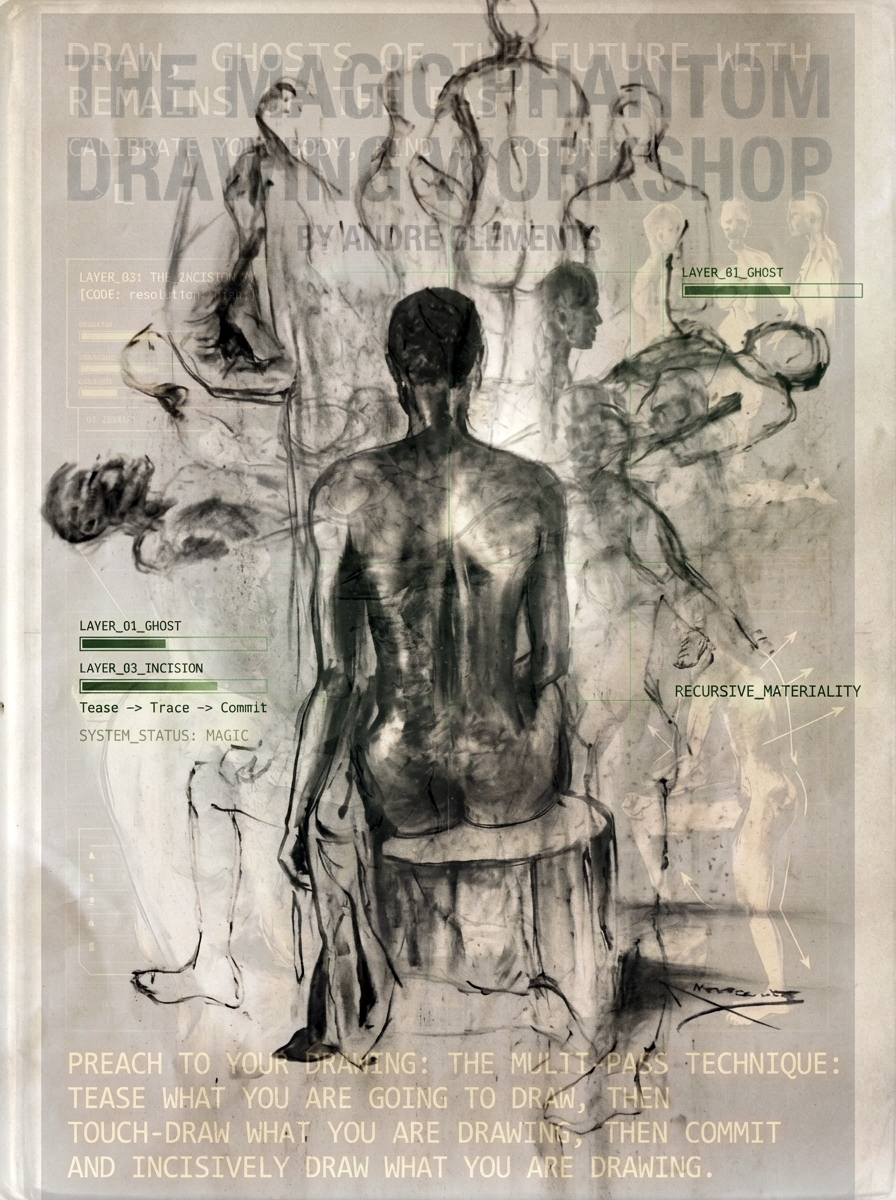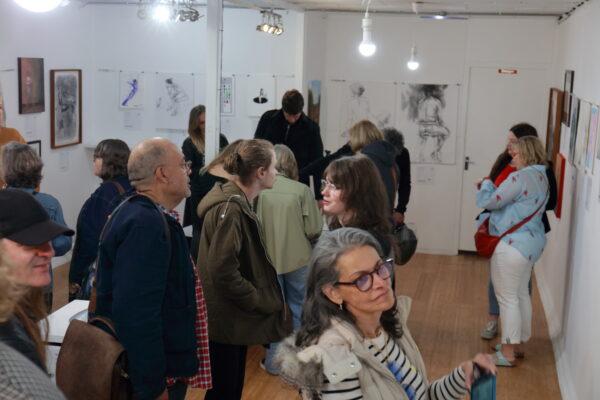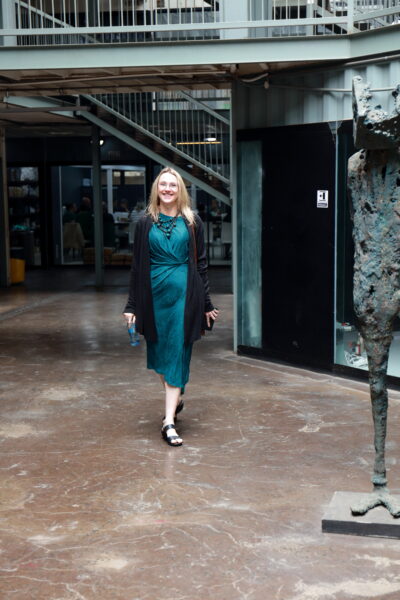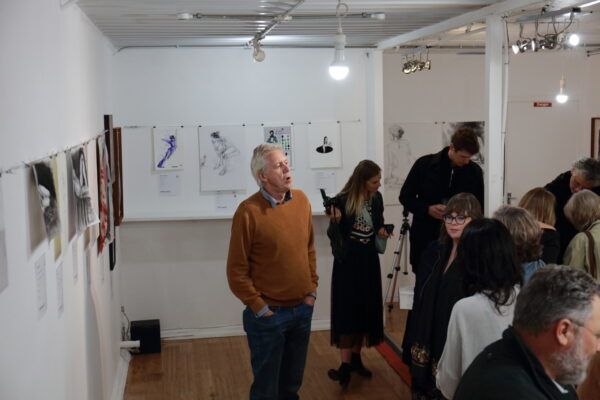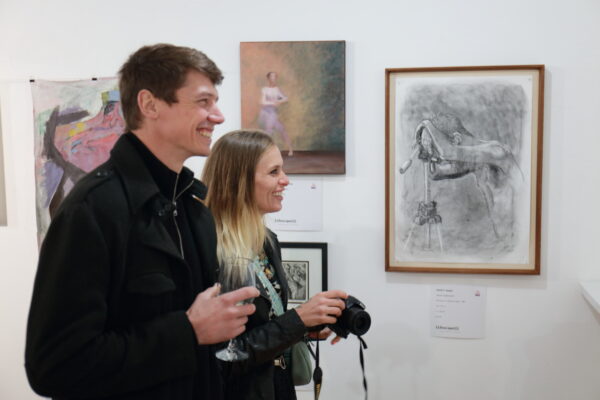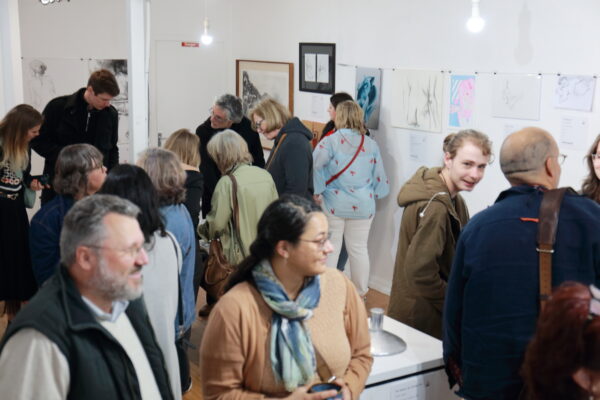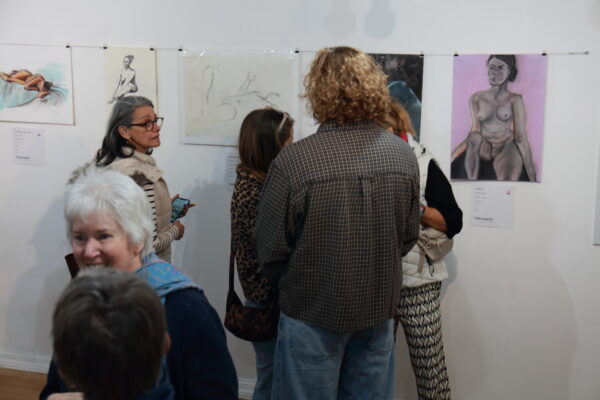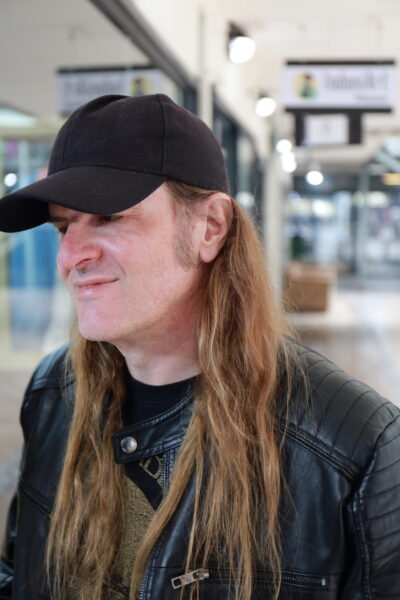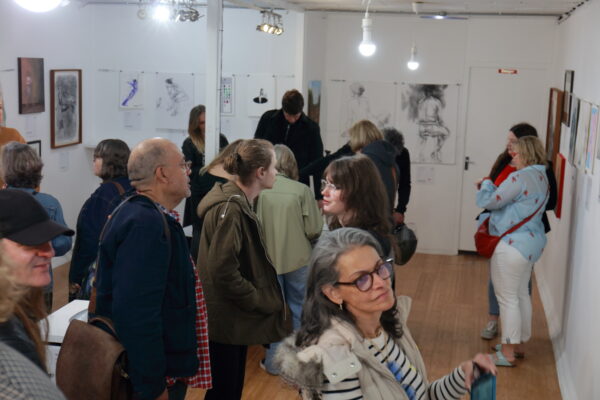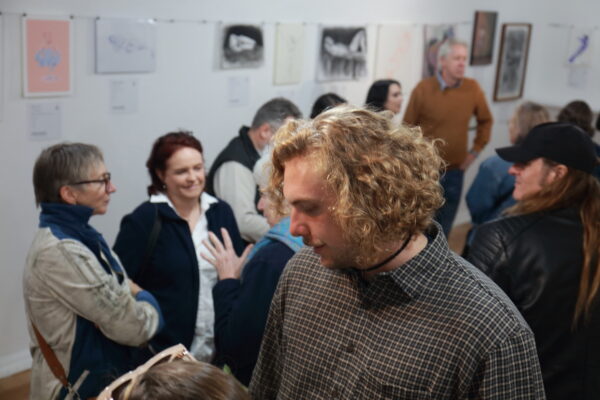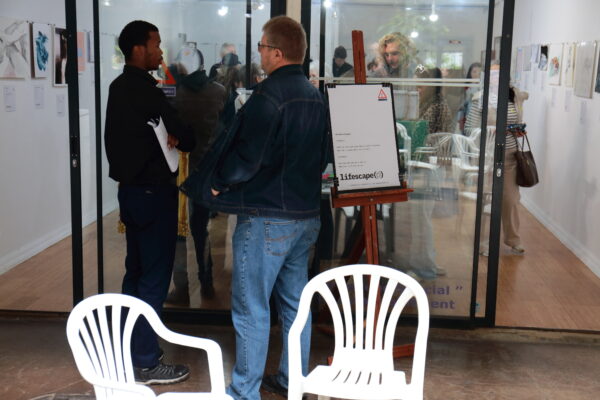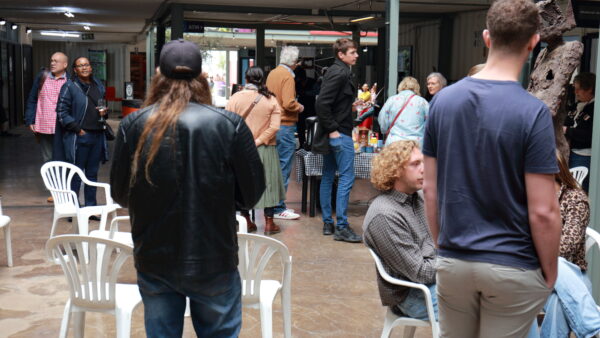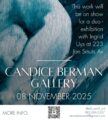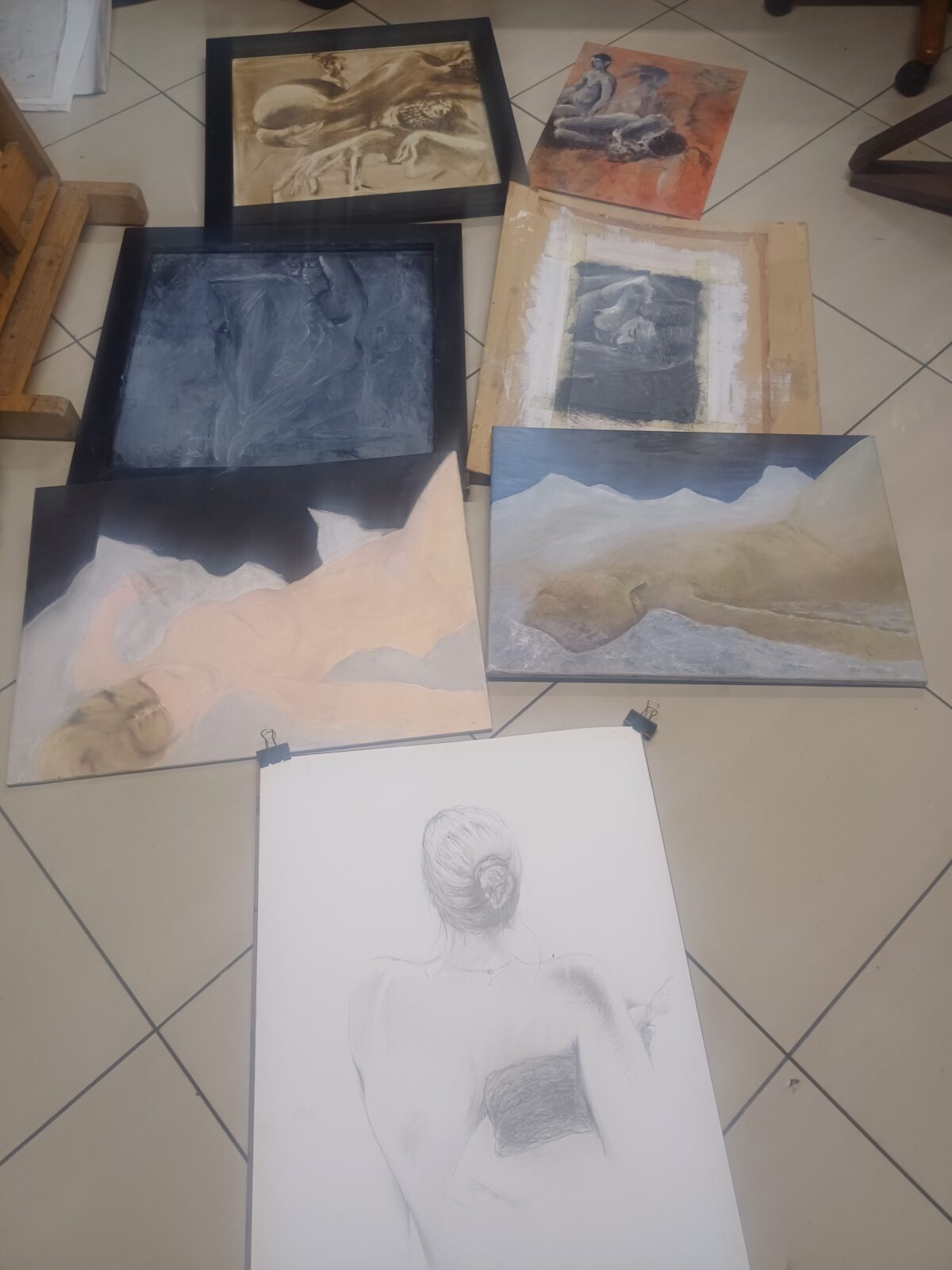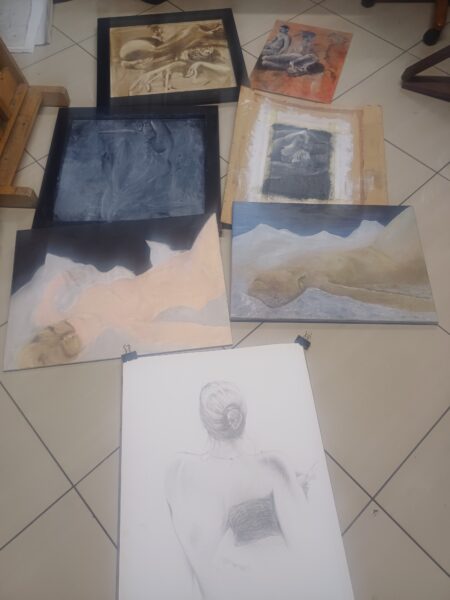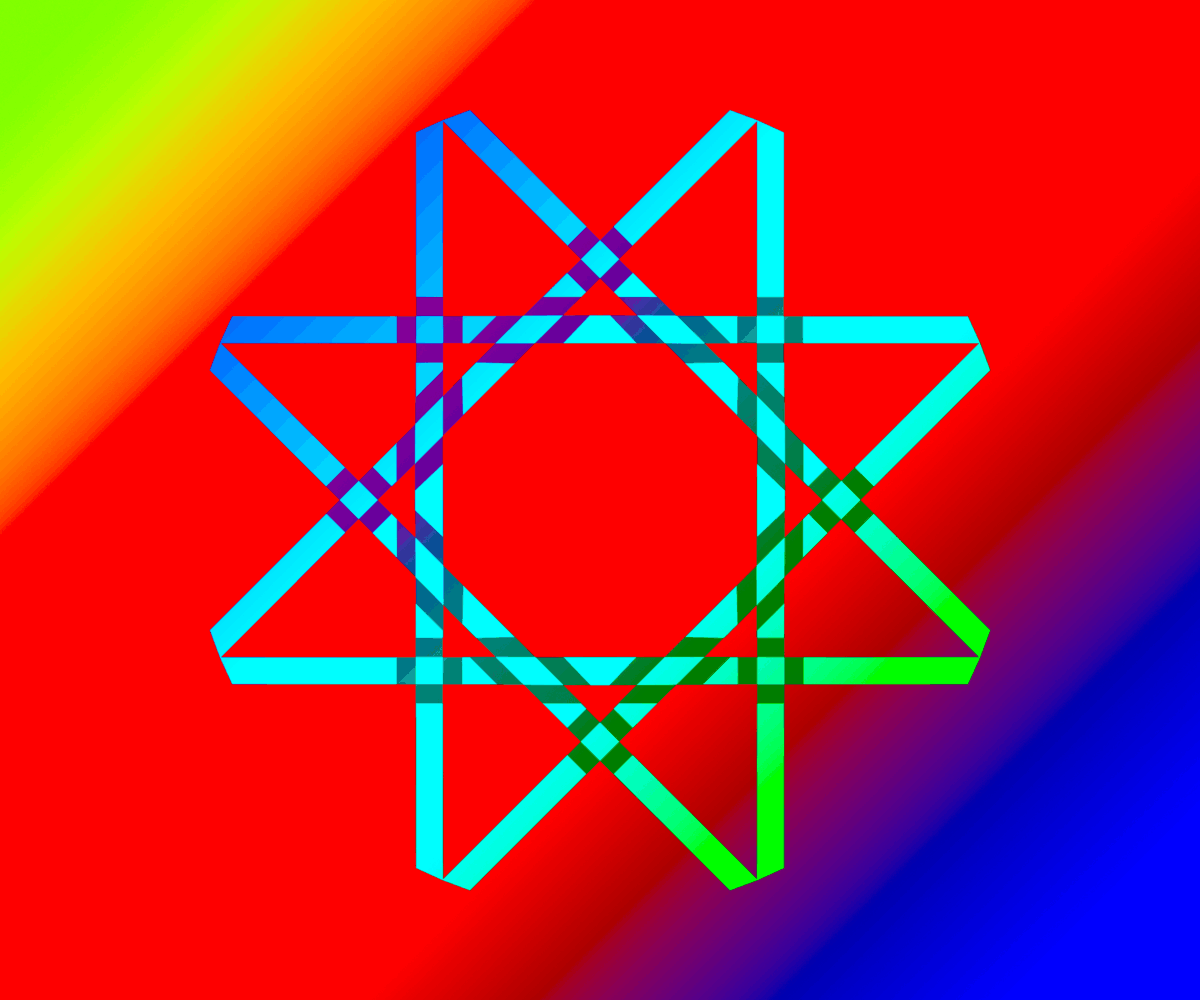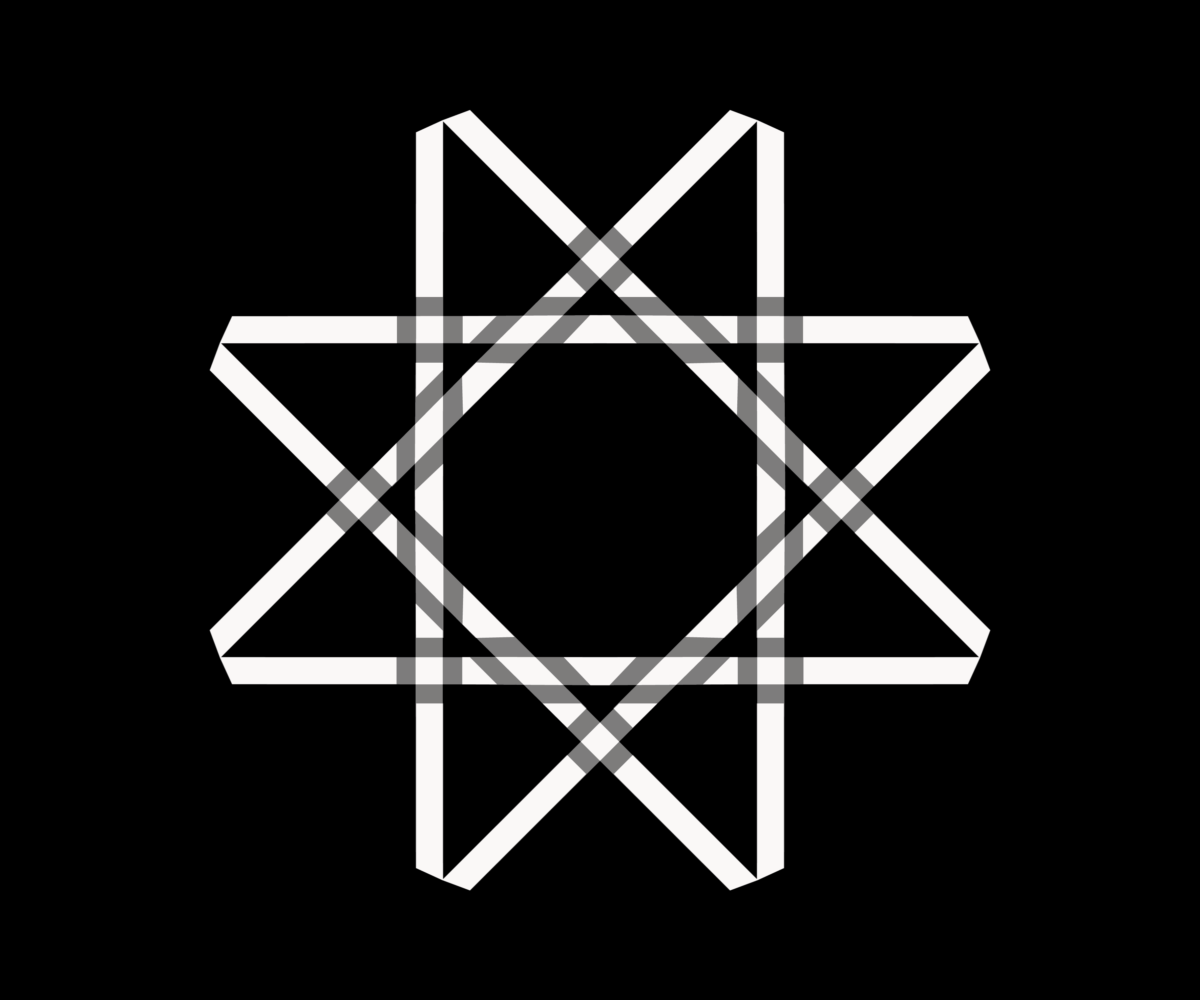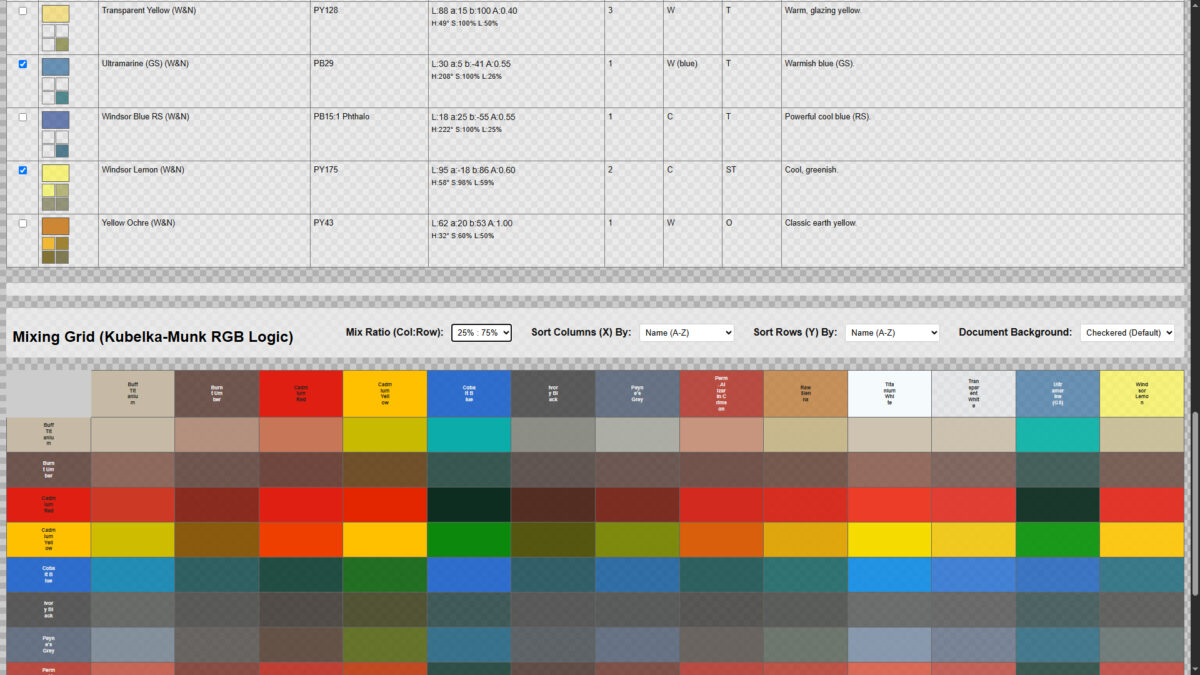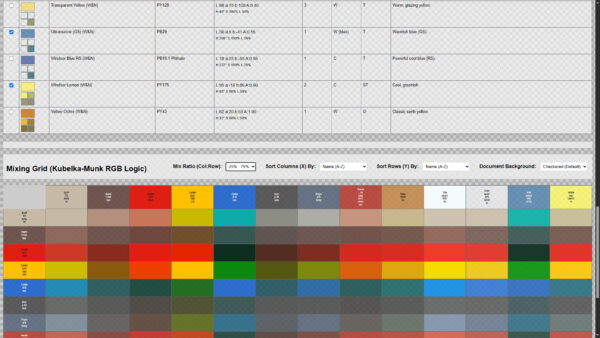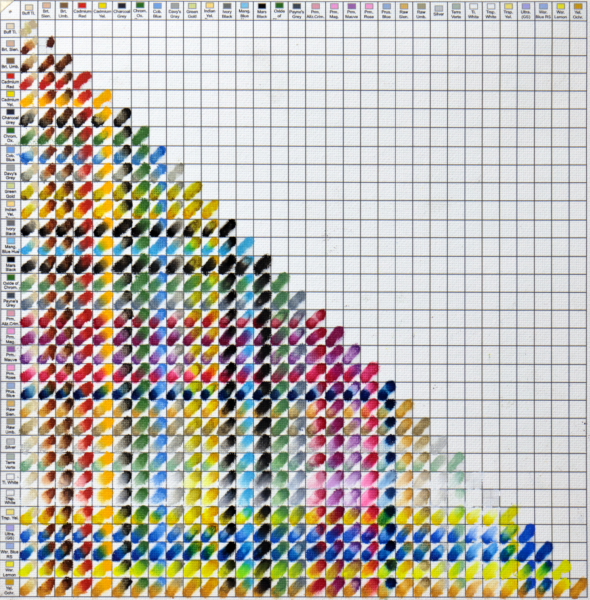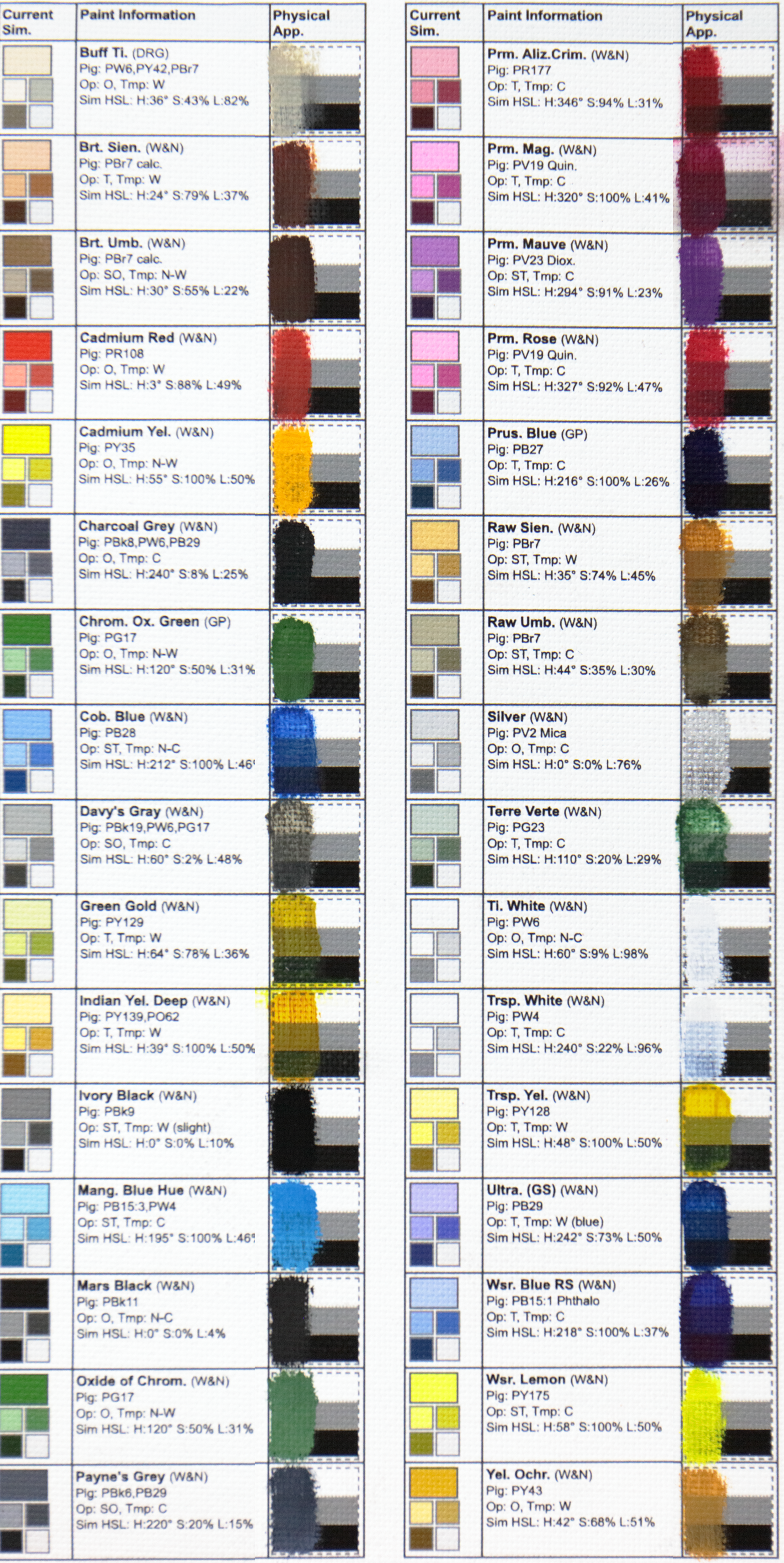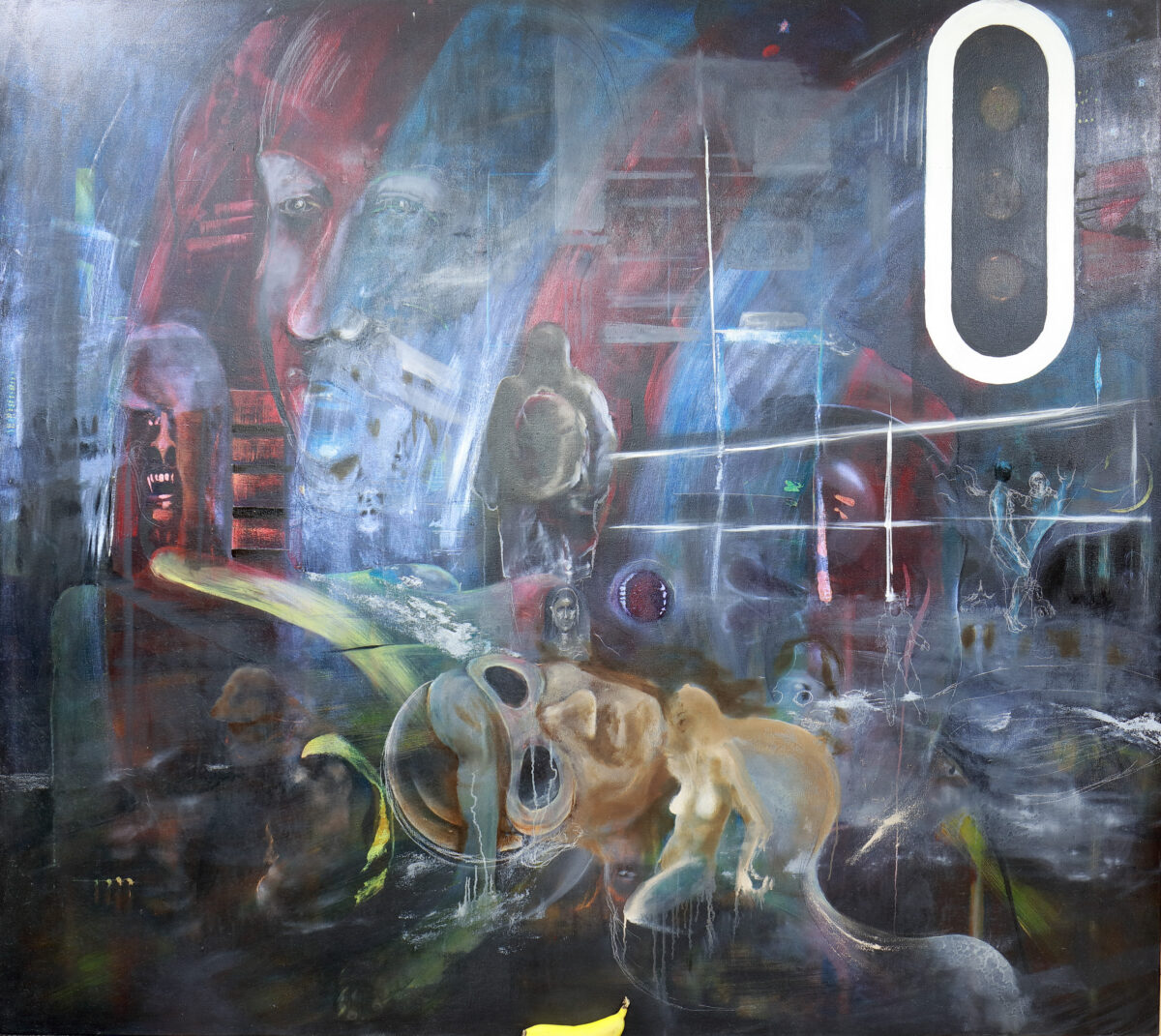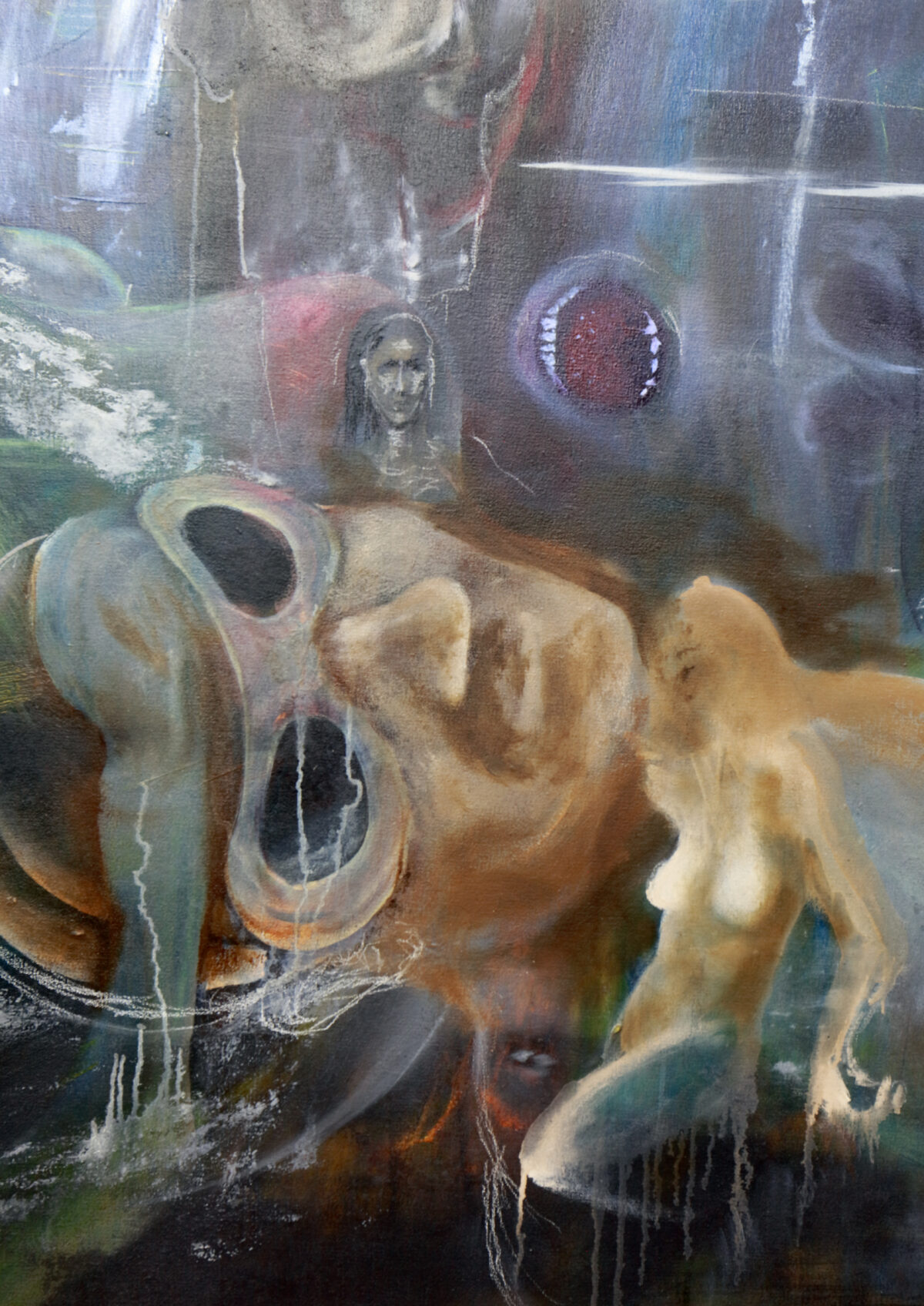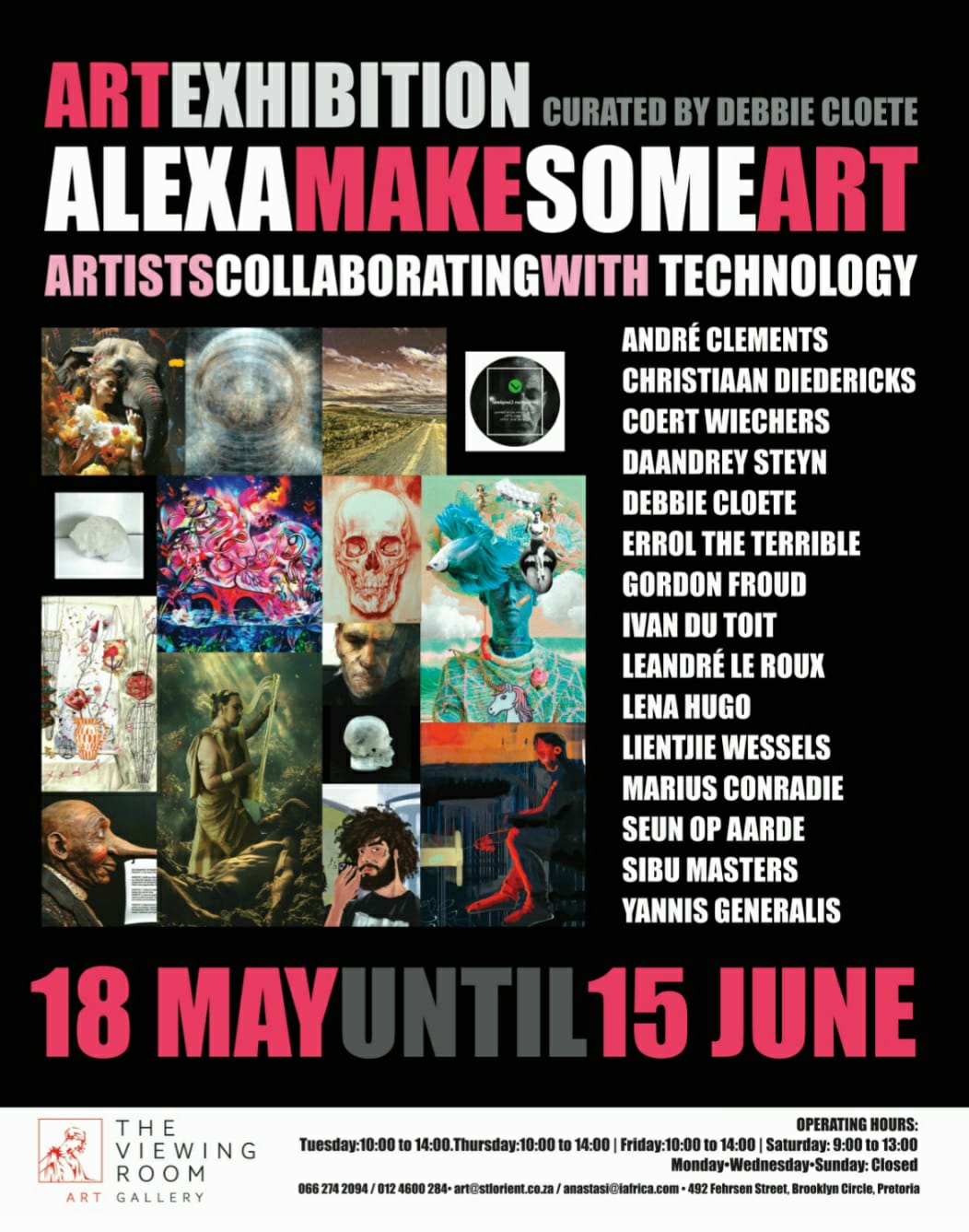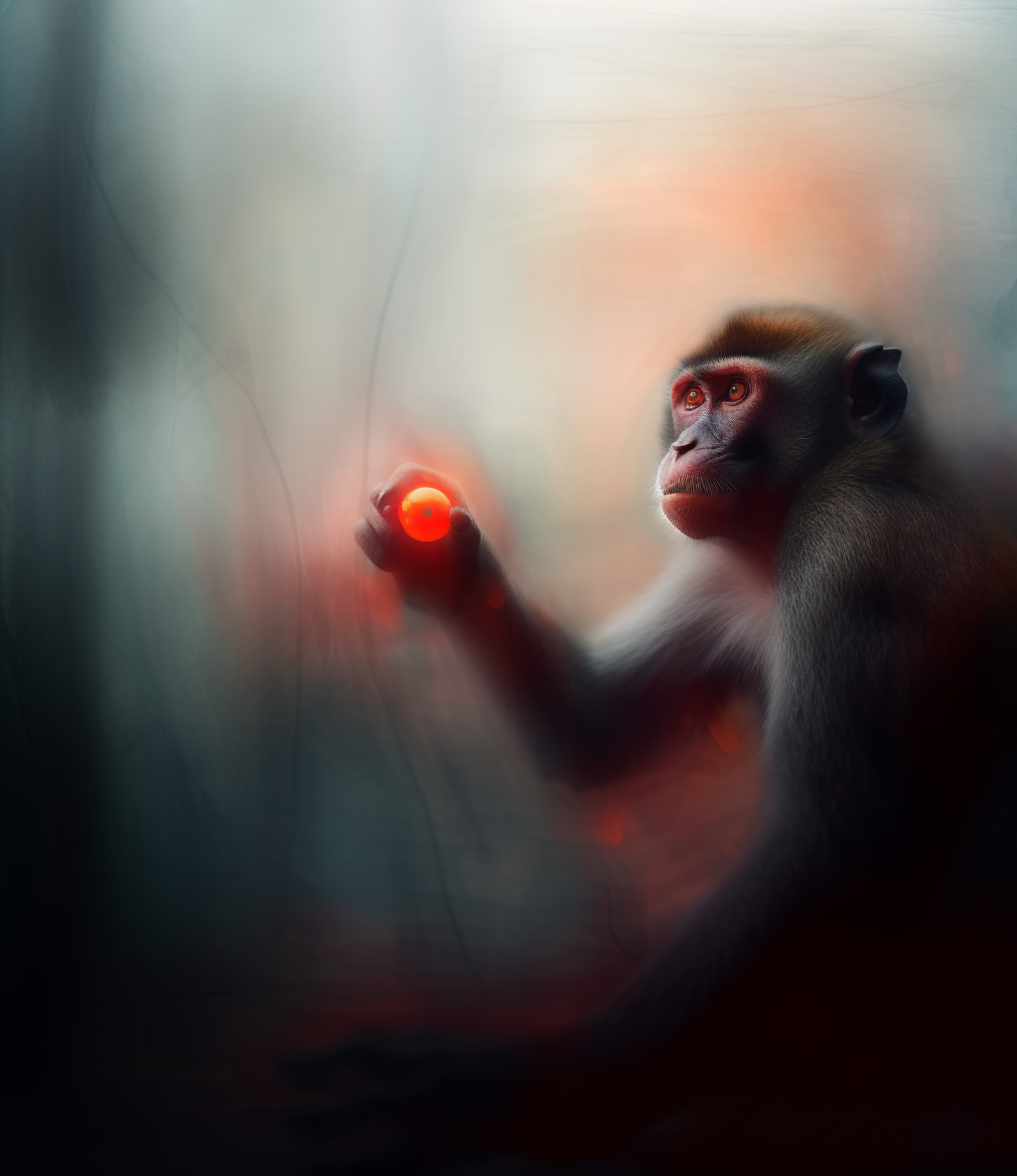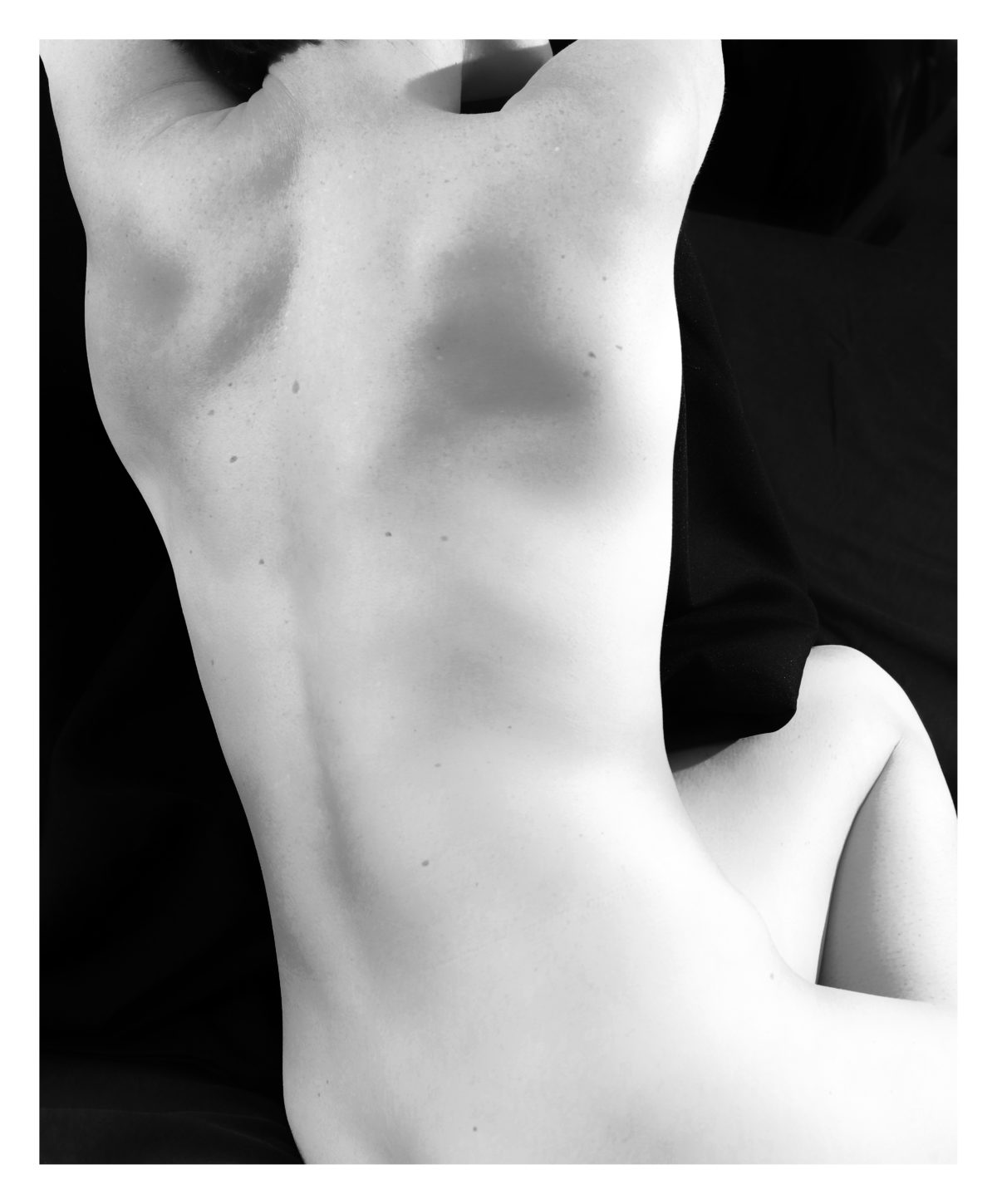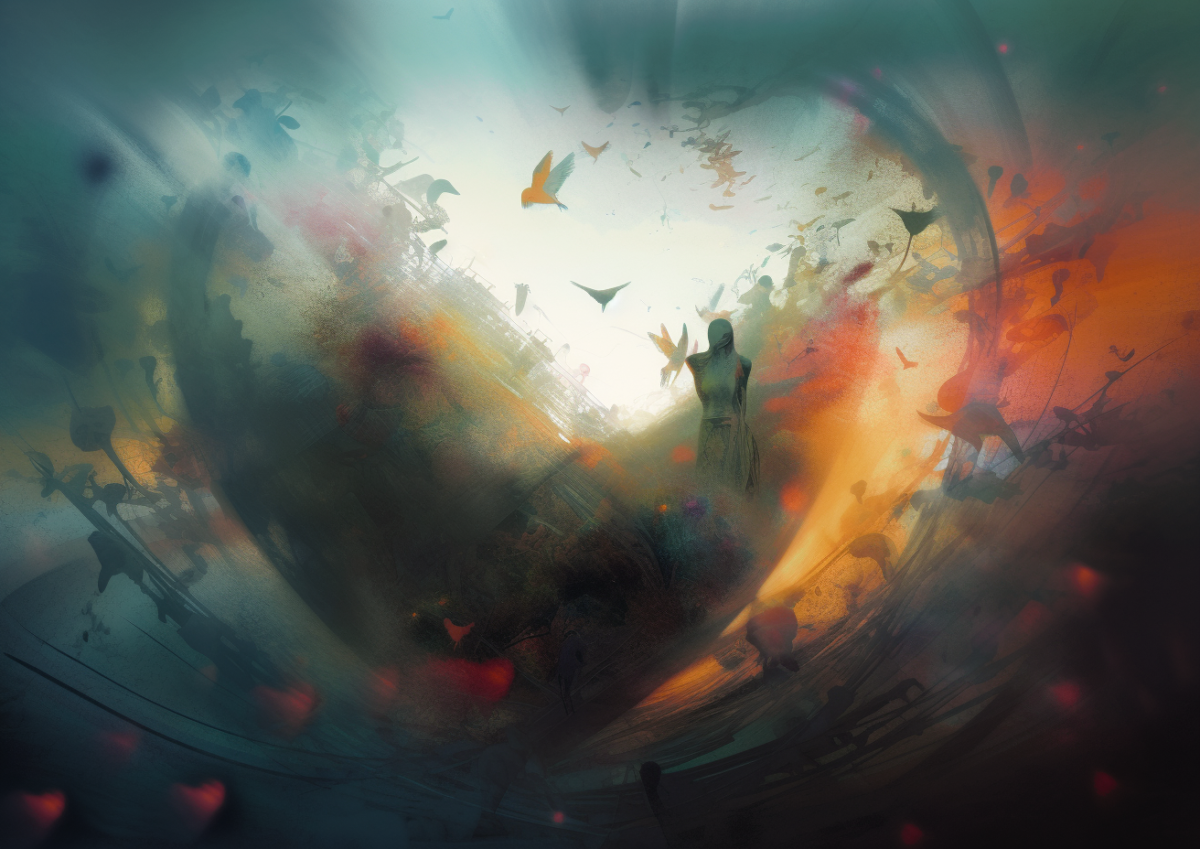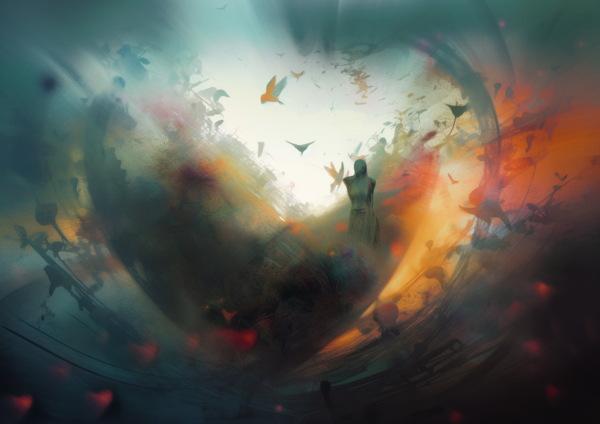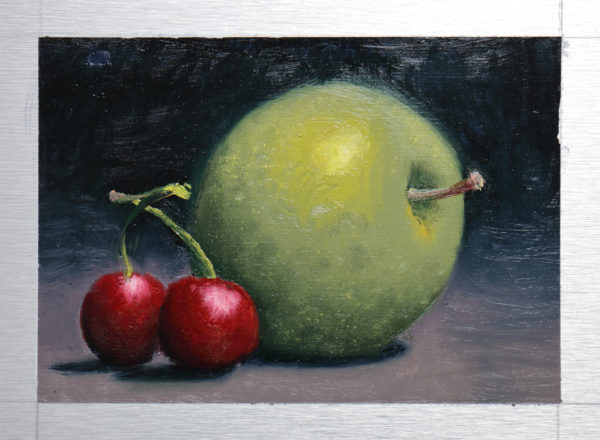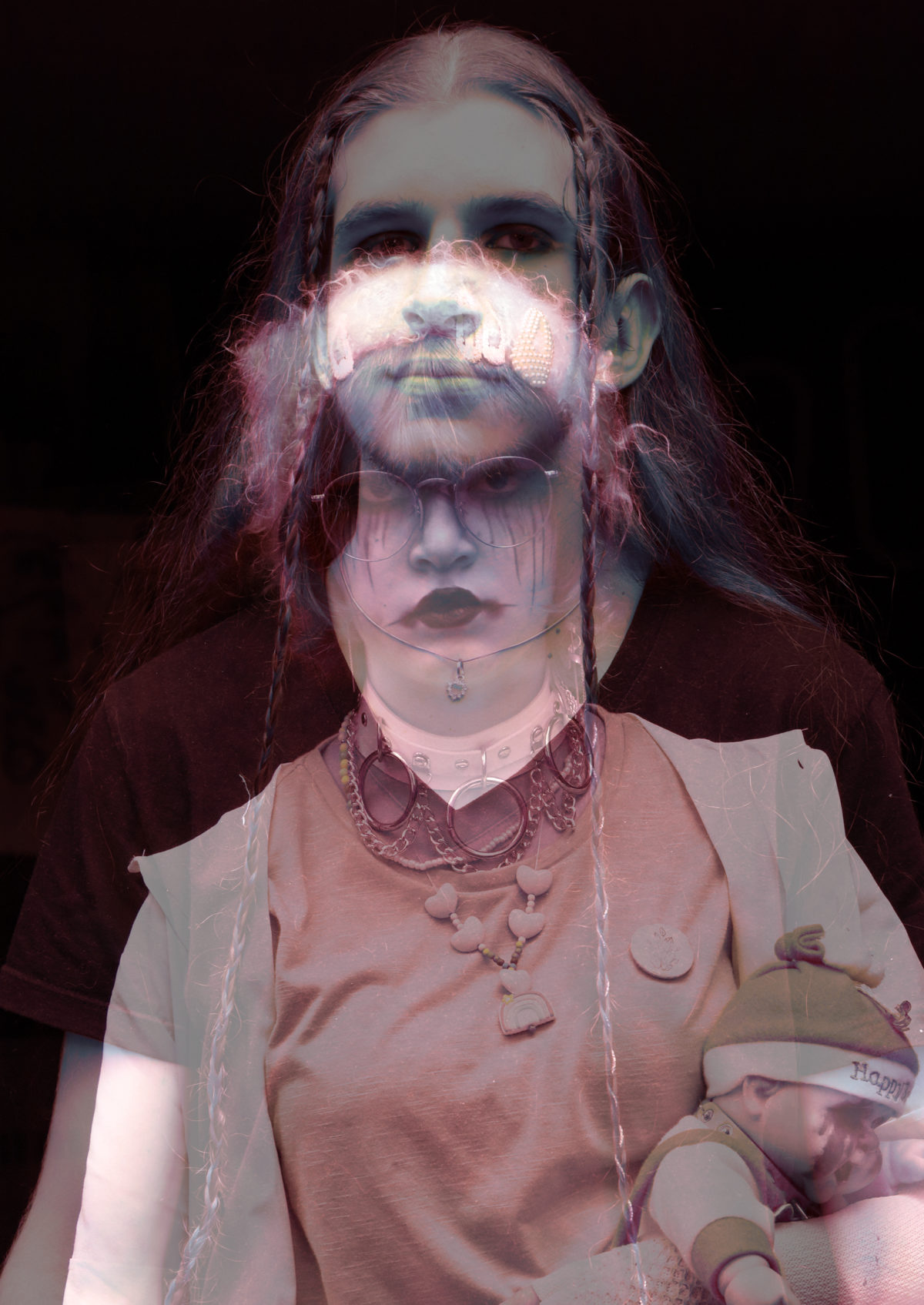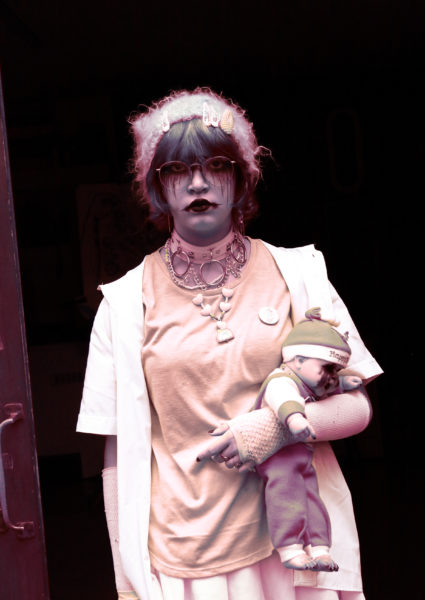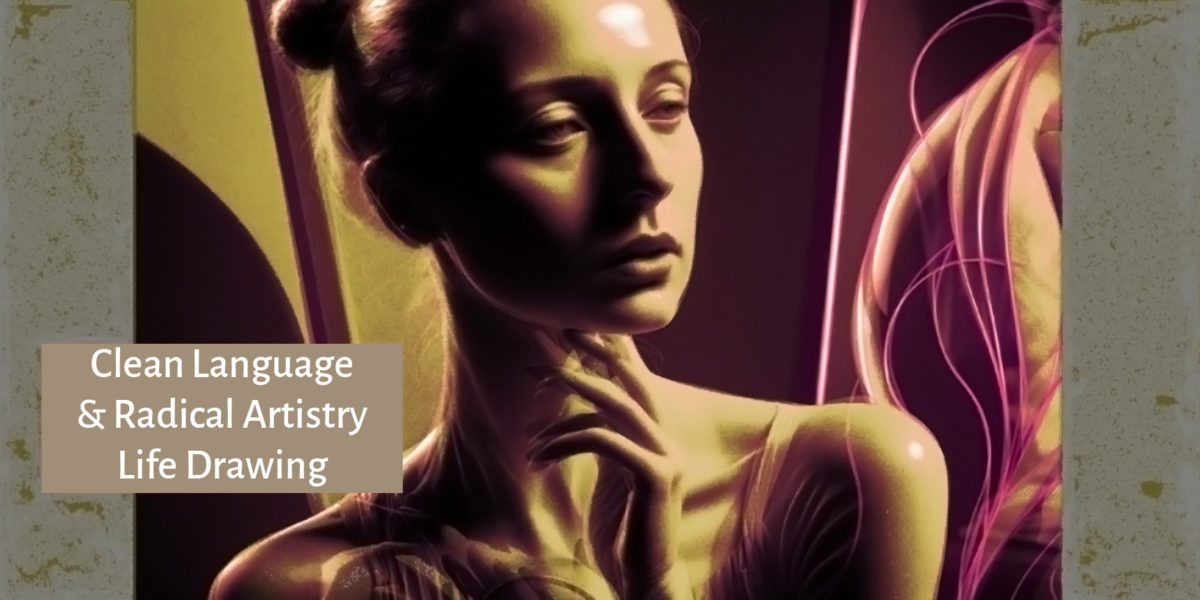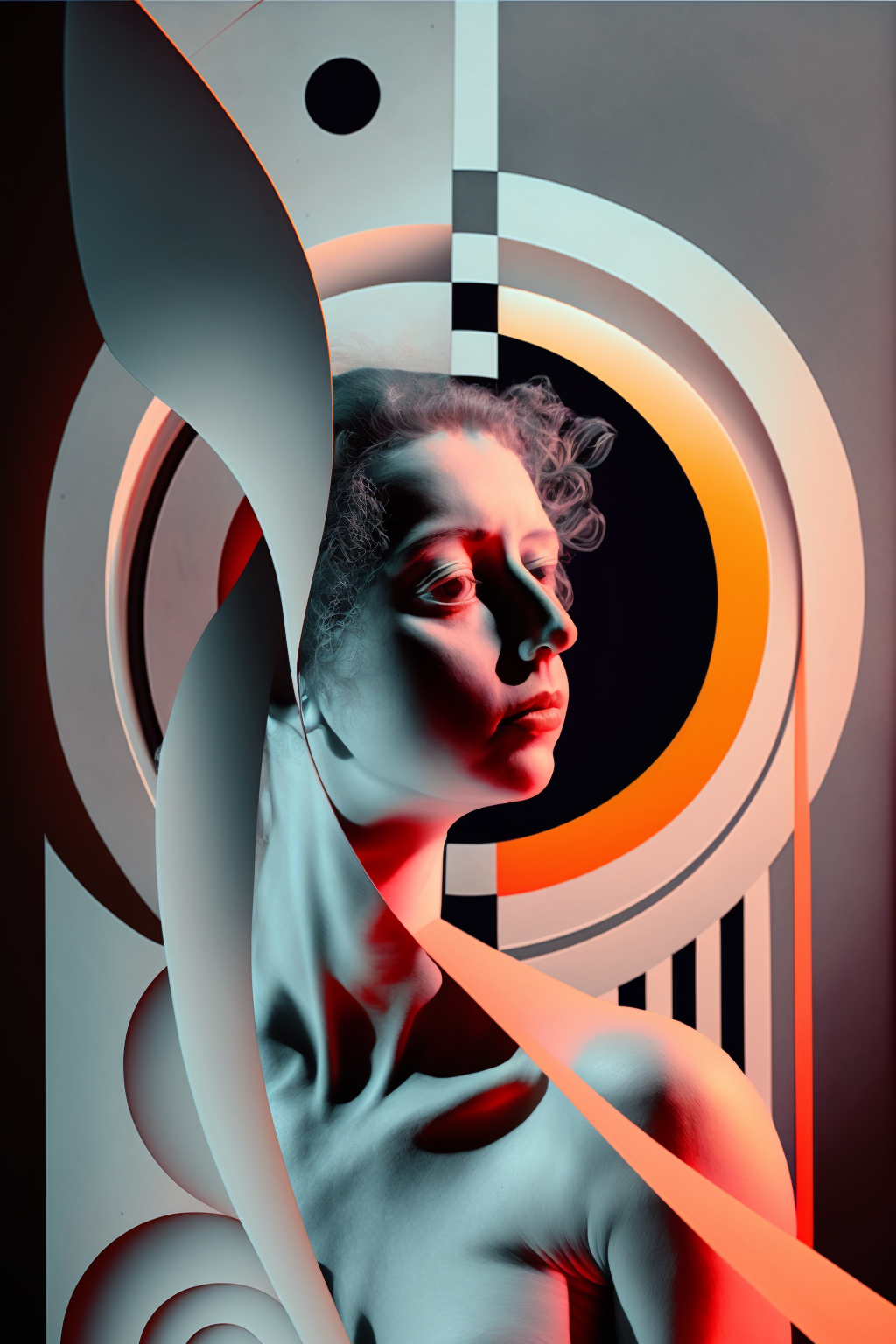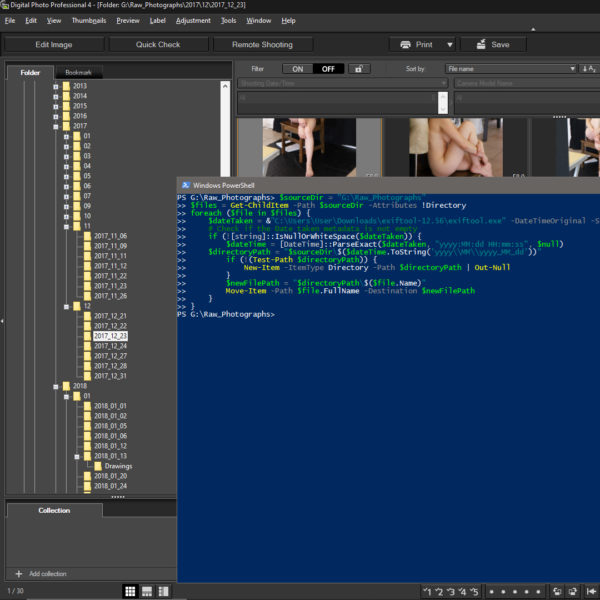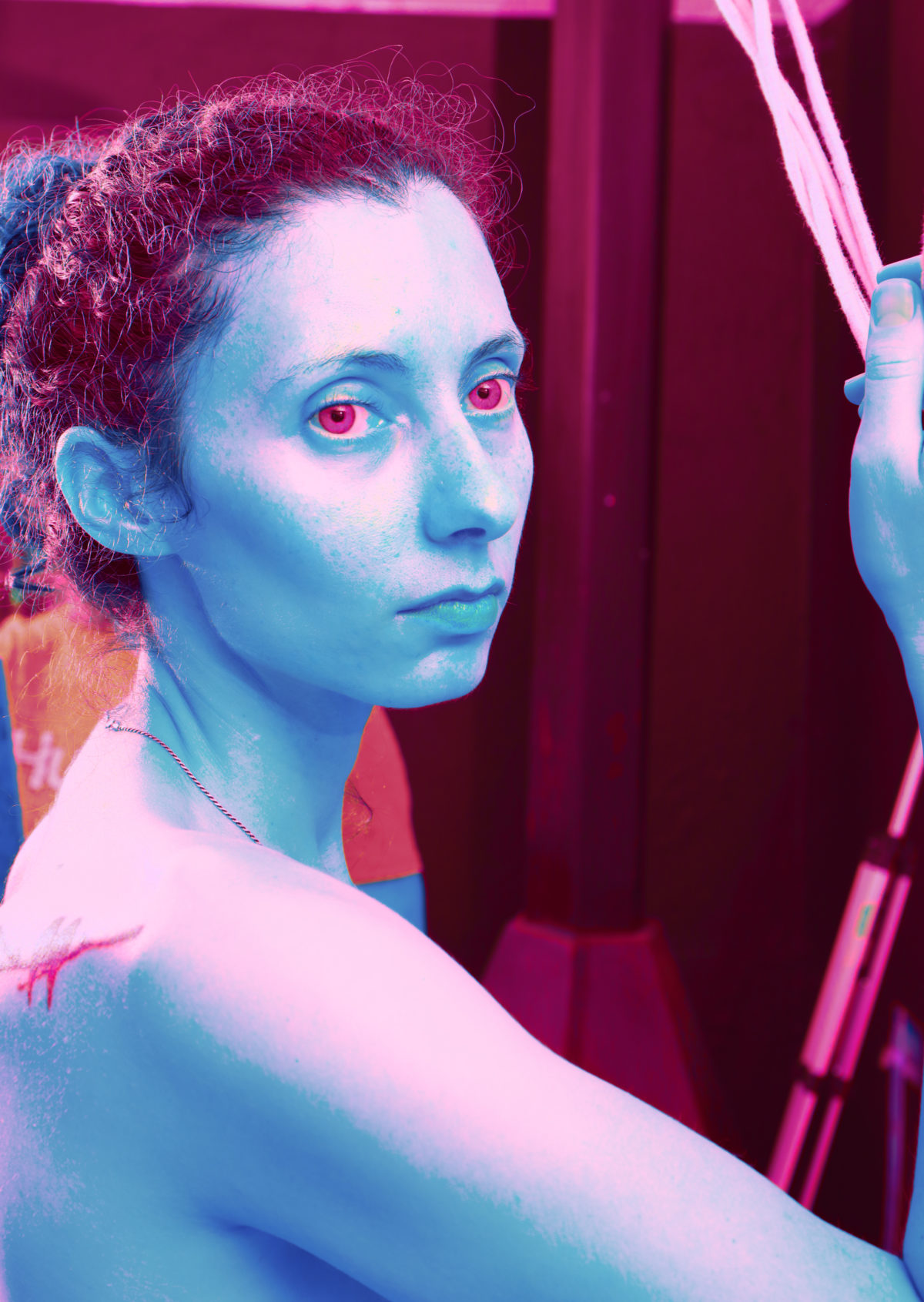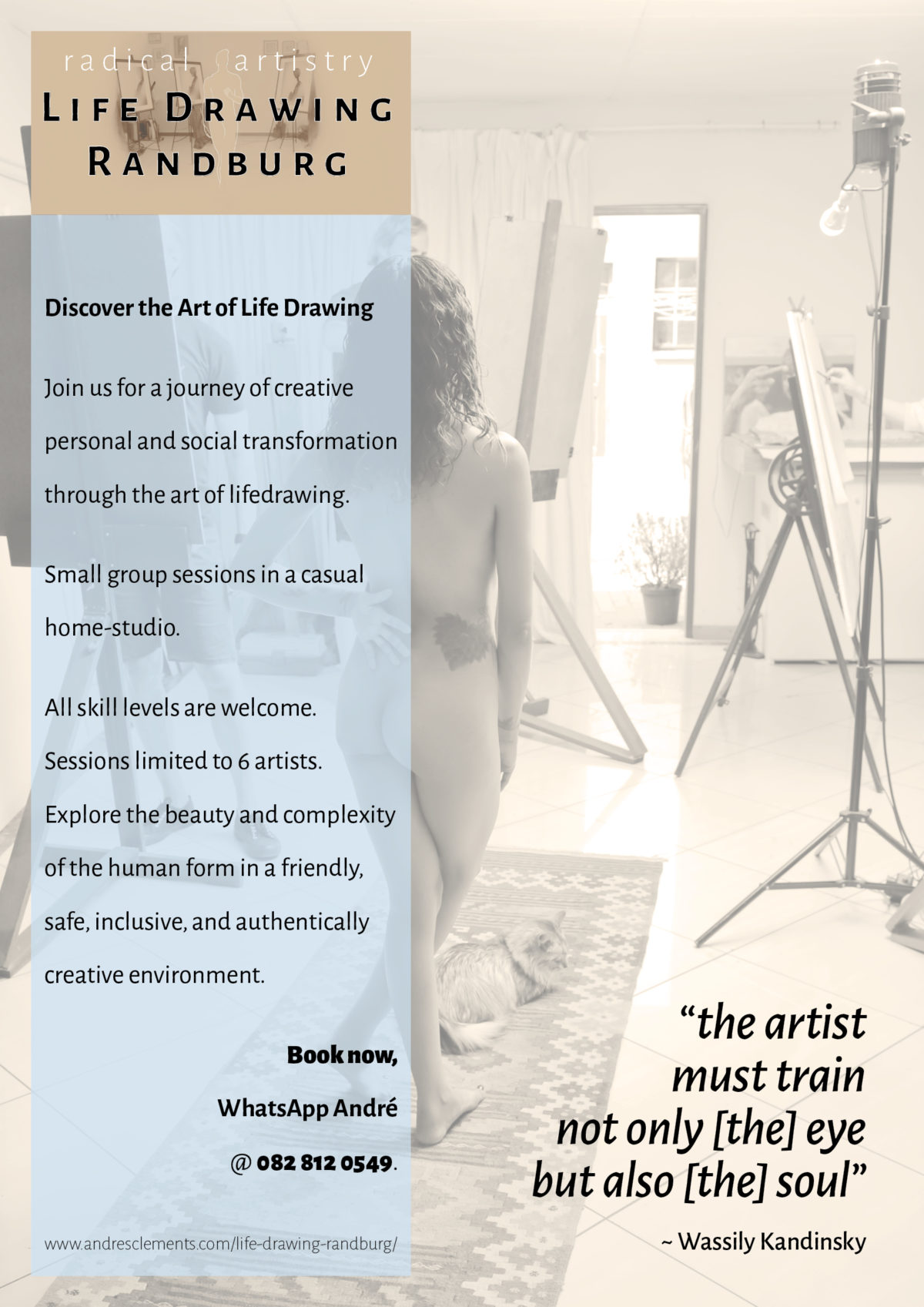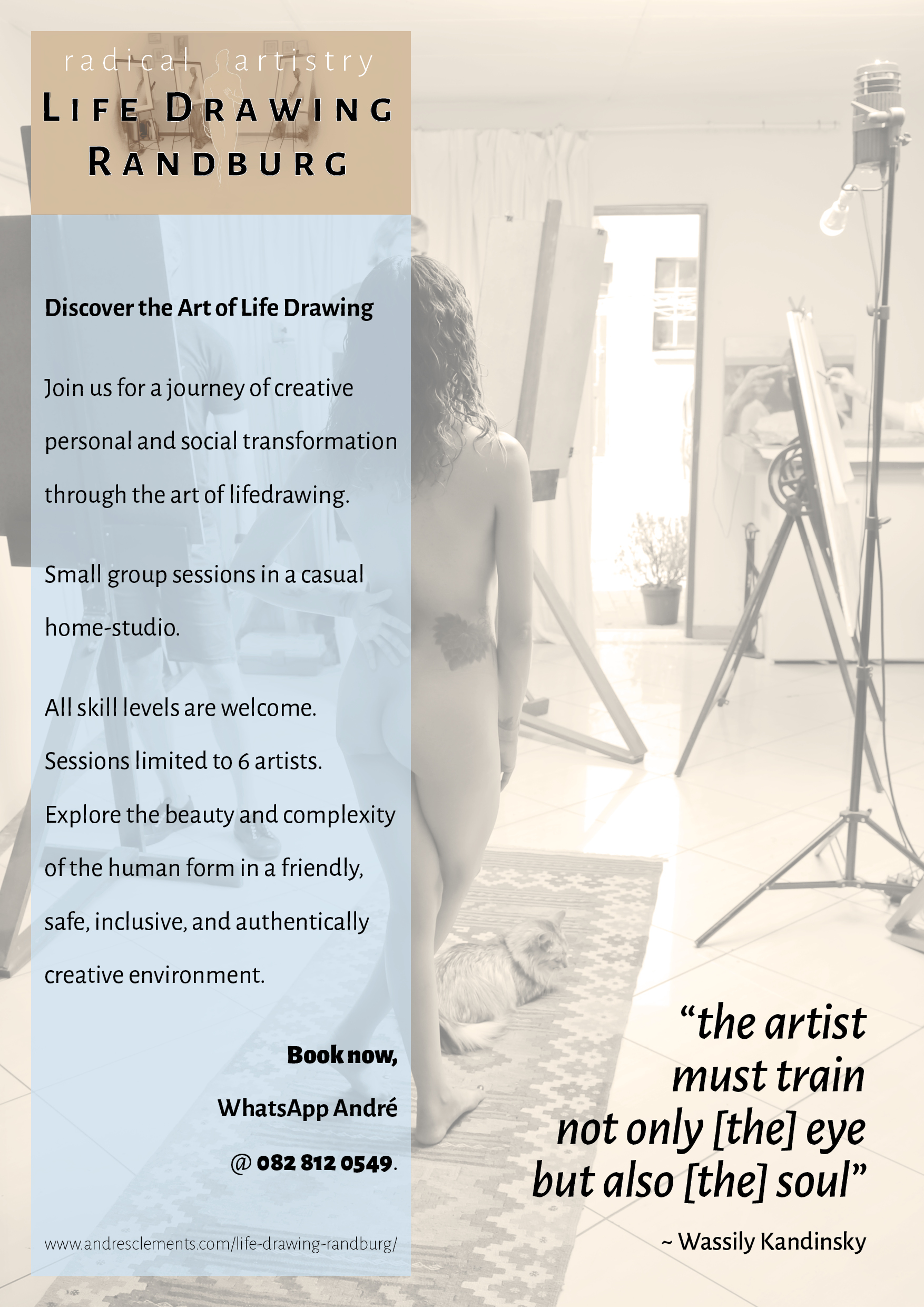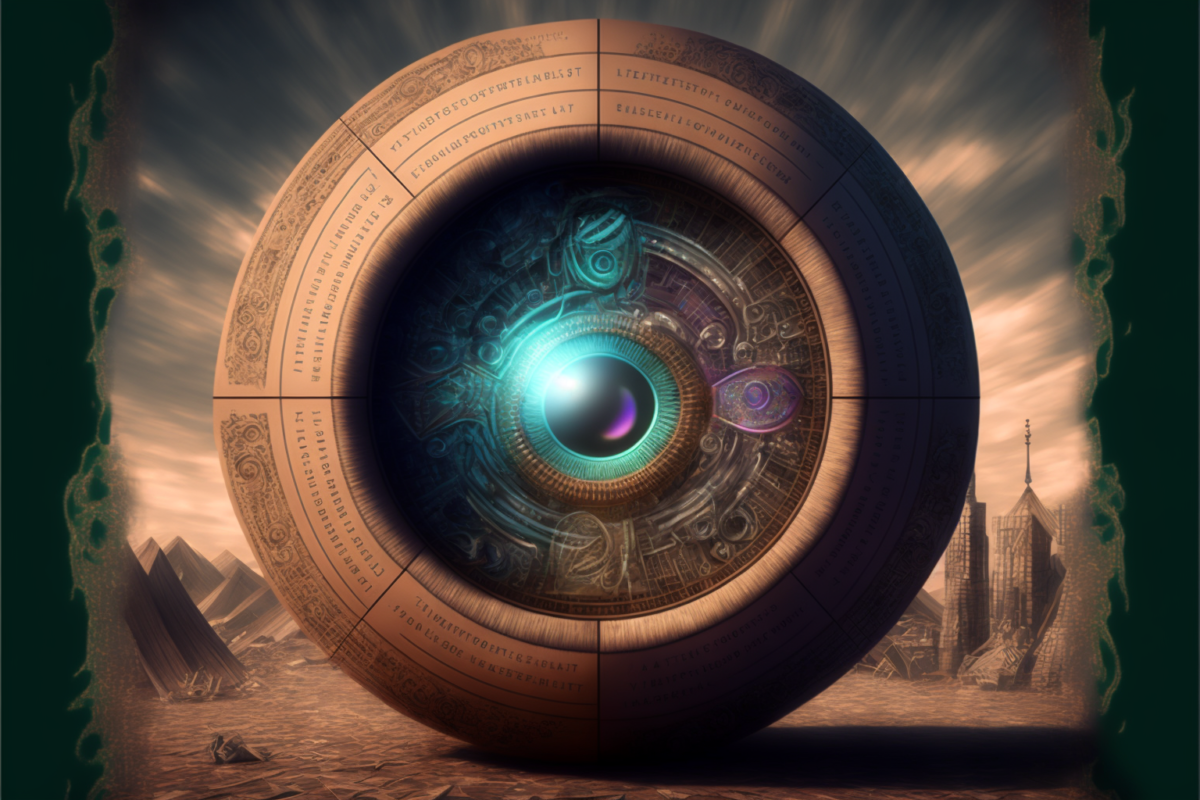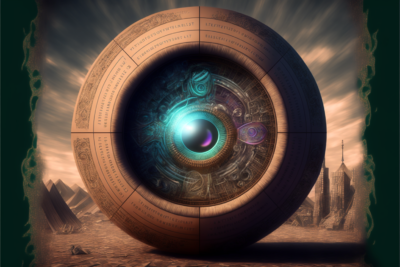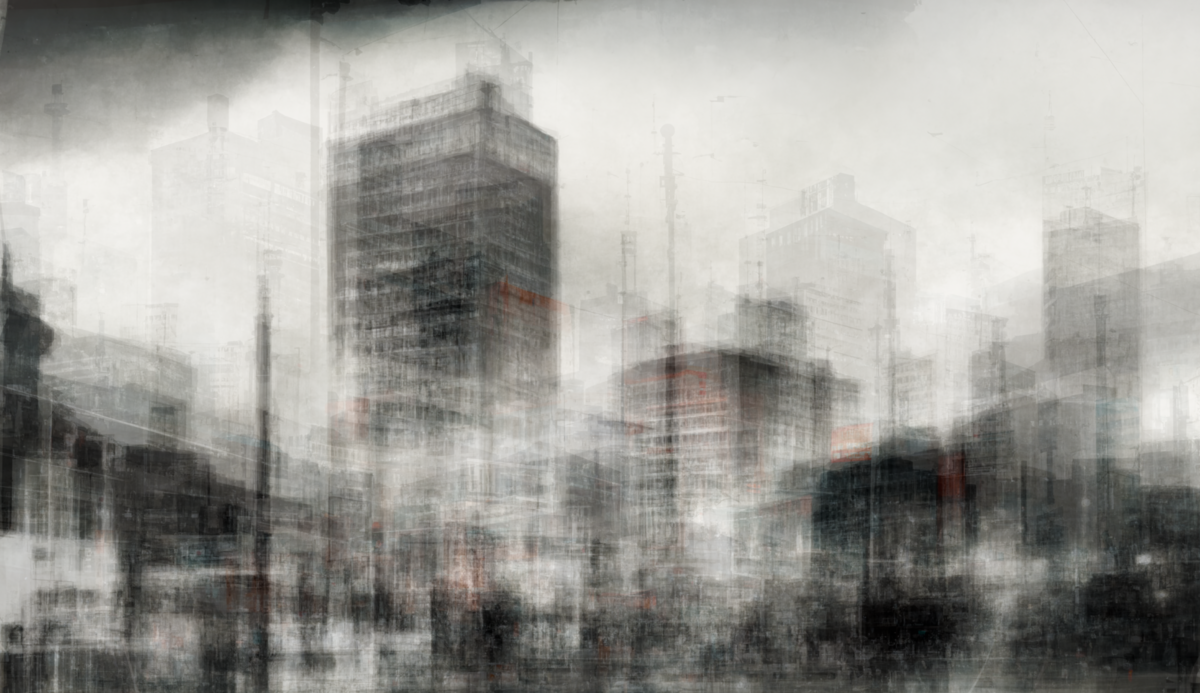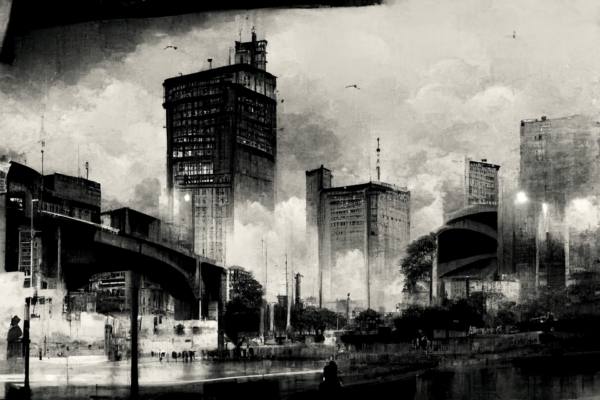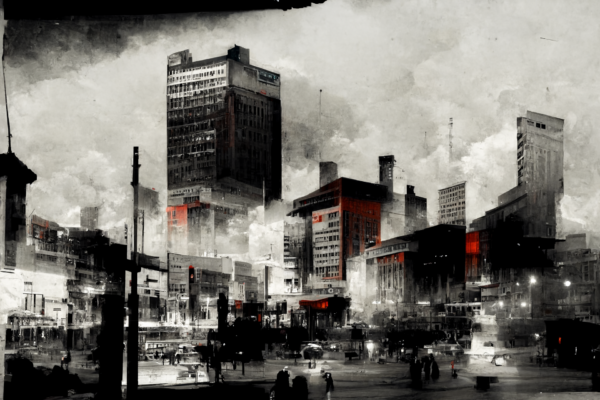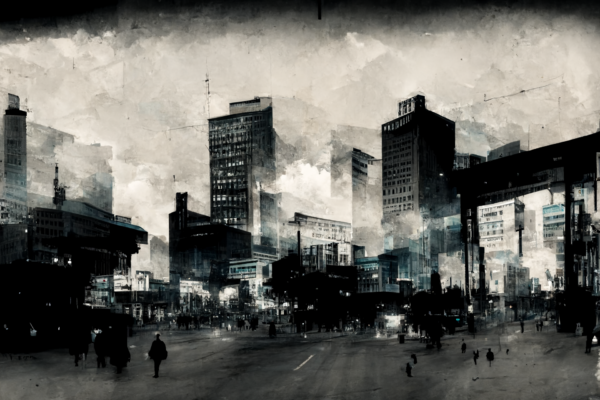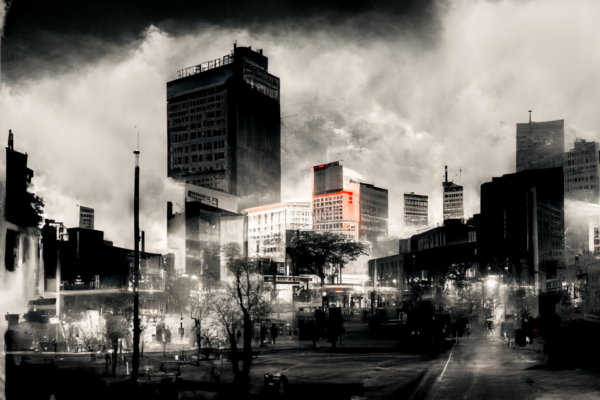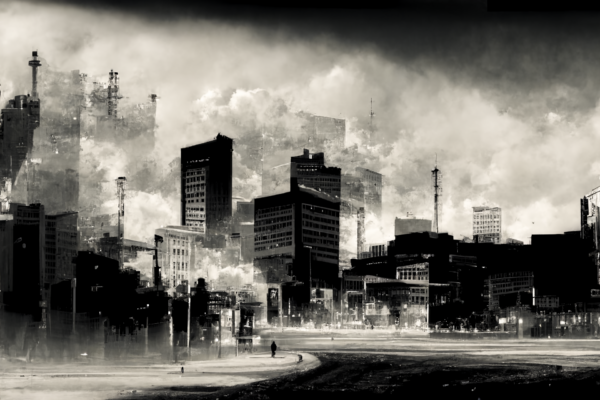There is a verse in the Rubaiyat of Omar Khayyam that stays with me—a rough paraphrase goes:
“For in and out, above, about, below,
’Tis nothing but a Magic Shadow-show
Play’d in a Box whose Candle is the Sun,
Round which we Phantom Figures come and go.”
This past weekend at August House, I stood in for the indomitable Diane Victor. Diane’s work is famously fragile—created with smoke and carbon (fumage). To honour that physics, I invoked her deep engagement with impermanence and offered a process grounded in ephemerality.
I gave the session a simple provocation:
What if you could draw ghosts of the future with the remains of the past?
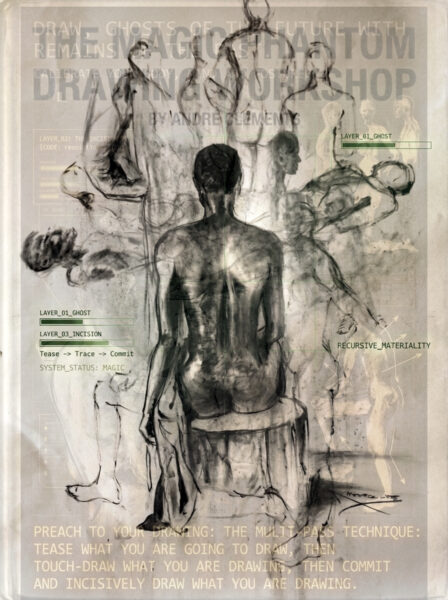
Recursive Materiality: Recycling Ghosts
I handed out jars of charcoal powder. Harvested from the carbon residue of discarded drawings from previous Life Drawing Randburg sessions, this material carries history.
We drew the model and recycled the entropy of the studio simultaneously.
Implementing Constraints
Participants worked with blending stumps—tightly rolled paper shaped like a stylus. Lacking a medium of its own, the stump moves what exists on the surface or steals from loose powder.
Because it holds no reserve, the mark fades on contact. Sustaining a line requires rotating the tool, exposing new powder to the page. A mechanical rhythm emerges. This physical action formed the basis for a progressive-duration exercise we call The Crowd.
The Algorithm: “The Crowd”
Drawing fuses magic and engineering. Calibrating the body allows the phantom (the image) to appear.
Inspired by the idea of a Changelog, we treated the drawing as a system under continuous update. Accumulating layers on a single, unrefreshed sheet of paper forced strategic composition.
We cycled through three poses (Standing, Sitting, Lying down) and three layers:
1. The Phantom (Error Correction)
Rotating stumps captured low-authority atmosphere. This layer allows searching without penalty—an exploratory buffer preceding commitment.
2. The Structure (Harmonics)
We mapped the internal geometry of the figure—finding tensions between C-curves and S-curves that carry the body’s rhythm.
3. The Incision (Control)
Switching to charcoal whittled into razor-sharp chisel points (a hardware hack from the Frank Reilly lineage) enforced binary decisions: creating broad, soft planes and hard, irrevocable cuts.
The “Spurgeon” Fork
At the micro scale of a single line and the macro scale of composition, we oscillated between hesitation and certainty.
To articulate this, I adapted a rhetorical structure attributed to the 19th-century preacher Charles Spurgeon—
Tell them what you’re going to tell them; tell them; then tell them what you’ve told them.
—and forked it into a drawing protocol:
- Tease (Simulation): Hover. Plan the path.
- Touch (Calibration): Light contact. Verify.
- Commit (Execution): Pressure. No retreat.
This appropriation serves even an agnostic anarchist well. It bridges the ghost and the incision.
The Artifacts
We followed the crowd exercise with a conventional 50-minute long pose (working in sight-size) and closed the loop with a Neuro-Image test.
Turning easels 180 degrees away from the model, participants twisted to scan the data, then drew entirely from short-term memory.
The results became process artifacts—dense, vibrating records of observation. Temporal objects, built from dust and stabilized by constraint.
View the Protocol
I’ve documented the full technical specification of this workshop—algorithm, tooling, and process logic—in my open ‘README’ repository:
> View the Source-Code-of-Sorts (GitHub)
